Fauna
Mammals
American Beaver
American beaver have lived at the Vassar Farm and Ecological Preserve at least since 2012 and currently have two dammed ponds in the southern portion of the preserve, one of which is easily accessible via the Davies trail. Beavers generally live in family groups, with as many as three generations occupying a single pond. They make dams to create water deep enough to inhabit and do not live in the dam, but instead inhabit a lodge they construct in the resulting pond. In the process of damming ponds, beavers create habitat for many other birds and mammals, making them important animals known as ‘ecosystem engineers’. Beaver can get big- they are the second largest rodent in the world and sometimes weigh more than 50 pounds!
Beaver management at VFEP
In order to prevent flooding of nearby trails and the town sewage line, the beaver dam requires some maintenance. The dam is partially broken regularly, as allowed by a DEC permit, to lower water levels, but is almost always repaired by the beaver within hours. Other devices to help alleviate water levels in the pond are also used as needed. It is important to remember that these management techniques are designed with the beaver’s best interests in mind, aiming to minimize damage and conflict while allowing the beavers to stay.
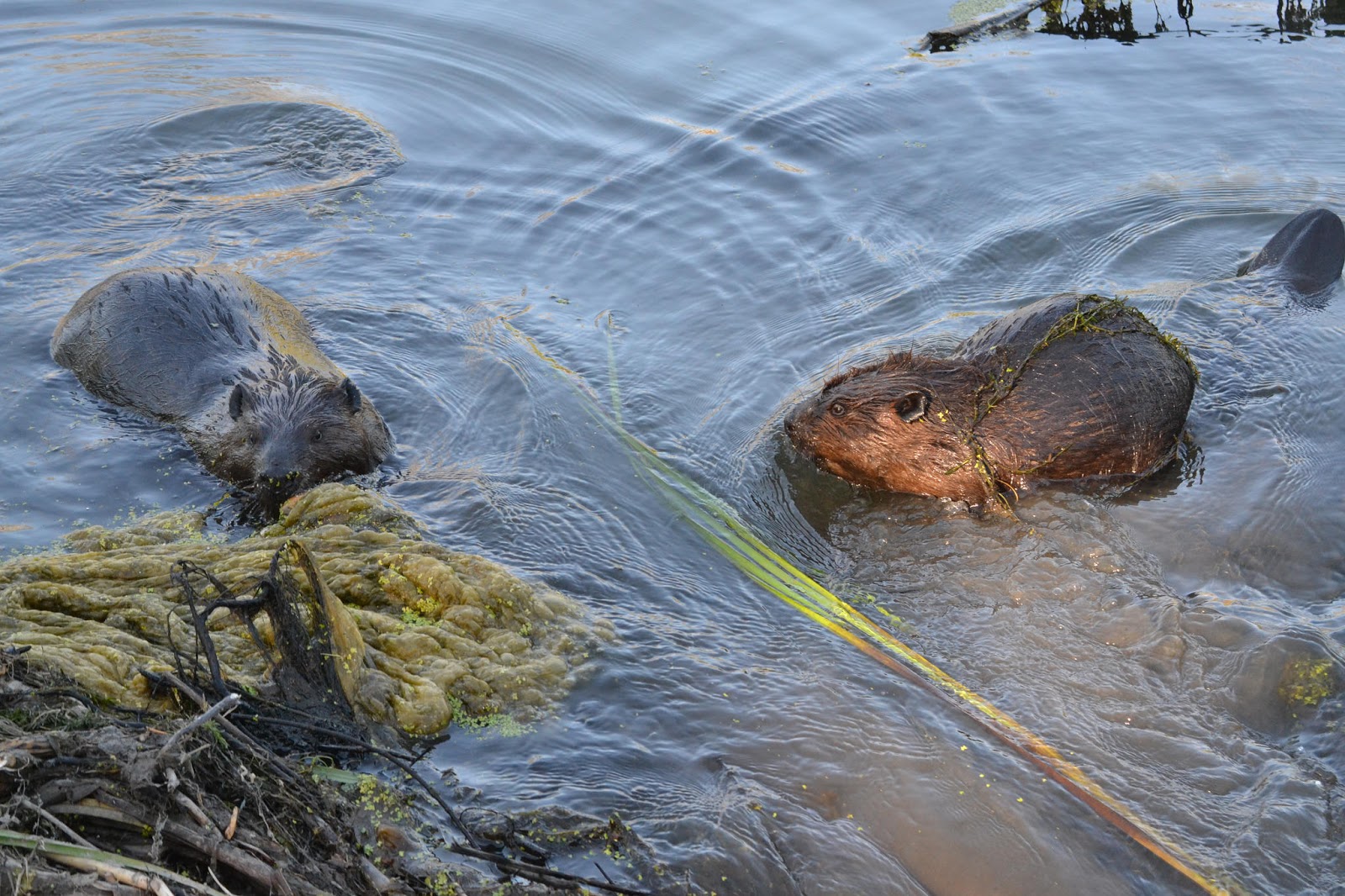
Bobcat
Many people are surprised to learn that we have bobcats at the preserve. They have been detected regularly on camera traps over the past few years and are even occasionally sighted. As many as two animals have been photographed at once, which is evidence that there is a breeding population in the area, not just the occasional passerby. Bobcats at the preserve have proven to be surprisingly diurnal, often being photographed on trail cameras during daylight hours. While bobcats can occasionally take down large prey like white-tailed deer, they predominantly eat rabbits and other small prey items and should not be considered a threat to humans. Bobcats also seem less tolerant of urbanization than coyotes and generally avoid areas without forest cover. If you see a bobcat at the preserve, please let us know!

Eastern Coyote
Unlike bobcats, eastern coyotes are social animals and predominantly live in family units. They are often heard calling at the preserve around dawn and dusk, with loud choruses making it sound like the woods are full of coyotes, when in reality it is just a few individuals. We have photographed as many as three at once on trail cameras. These predators are genetically different from coyotes in the west, containing some wolf and domestic dog genes. This means that ‘eastern’ coyotes are larger, and thus generally consume larger prey. There are documented cases of coyotes killing healthy, adult white-tailed deer, but coyotes do not have significant effects on deer populations.

American Mink
Voracious predators belonging to the weasel family, American mink are semi-aquatic and hunt a wide variety of prey. While they generally eat fish, frogs, and small mammals, mink are capable of taking down larger prey, and are the primary predators of muskrat. Mink have been seen uncommonly in all wetland areas of the preserve, as they are generally evasive and occur at low population densities.

Muskrat
Fairly large semi-aquatic rodents, muskrats are often mistaken for beaver, but are much smaller and lighter and have straight, rat-like tails. Muskrats do not build dams, but often co-occur with beaver, sometimes even living inside beaver lodges. They also sometimes build their own lodges, usually out of leafy vegetation. Muskrats are important wetland herbivores, as they consume significant amounts of aquatic vegetation. This photo shows one of our muskrats on the beaver dam, showcasing its long claws. These claws are primarily used for digging burrows, but make for a good defense against predators.
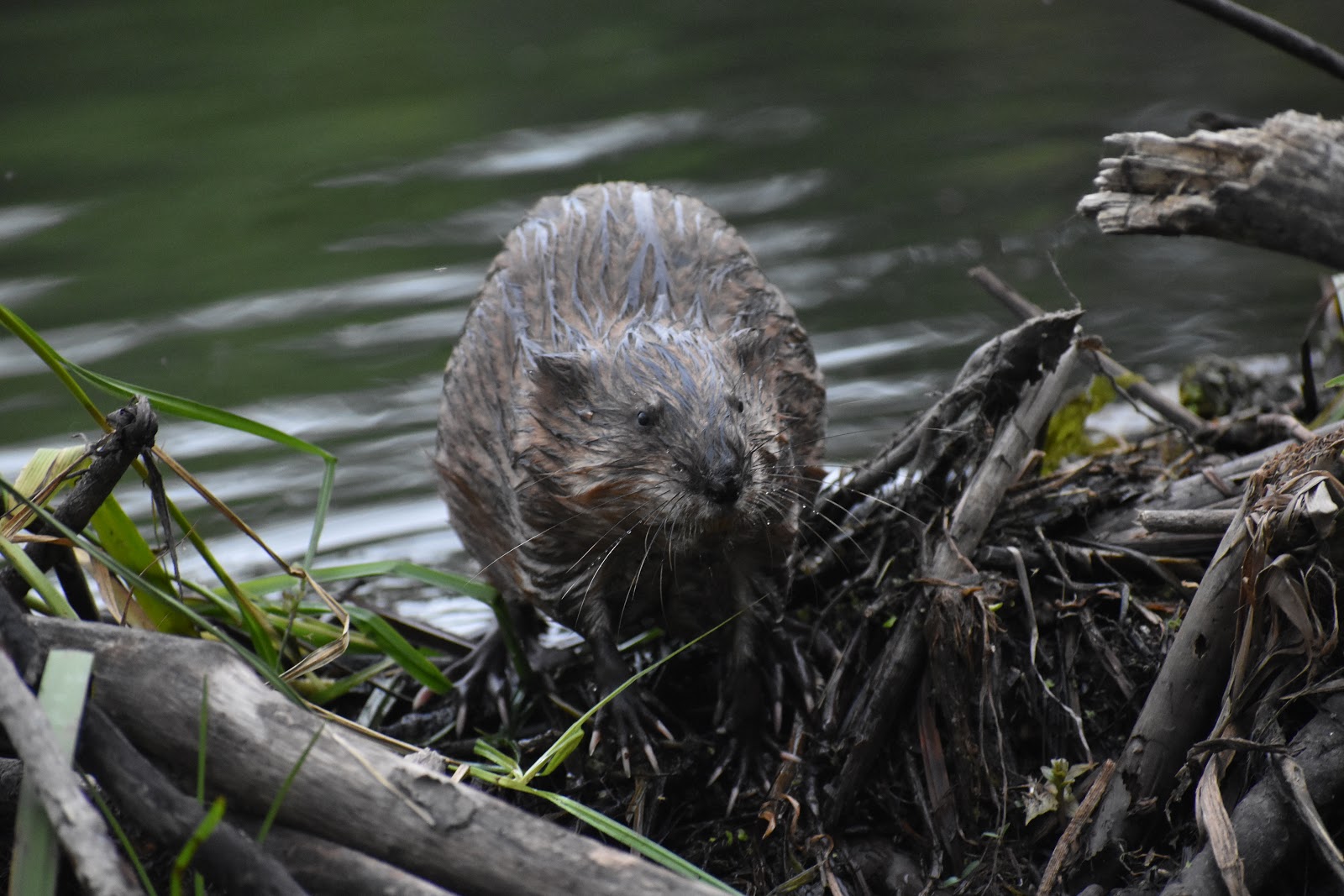
Red Fox
These small carnivores are common throughout the Vassar campus, including the Vassar Farm and Ecological Preserve. They predominantly eat small mammals and birds. Currently, work is being done to evaluate what role the presence of coyotes or gray foxes, both of which are common on the preserve, may have on red fox.
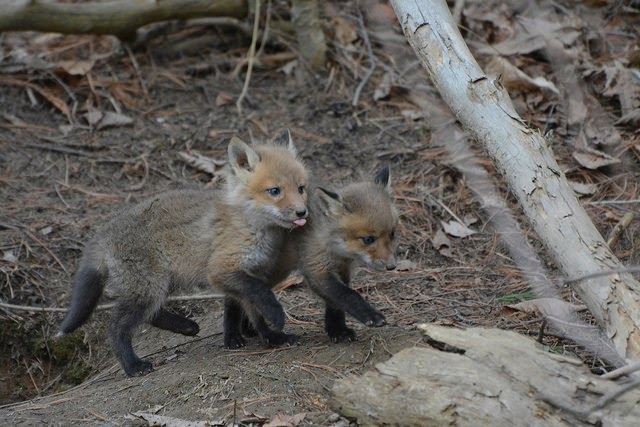
Virginia Opossum
Our only native marsupial, Virginia opossums are common throughout the ecological preserve, seemingly preferring disturbed or urban areas. Opossums are defenders against Lyme disease. Work at the Cary Institute for Ecosystem Studies has found that opossums are resistant to Lyme disease and seldom contract or spread it. They also are excellent groomers, picking off and killing or eating ticks that attach to themselves, up to 5,000 in a single season. This highlights an importance of ecological diversity, as certain species can act as a barrier to disease spread where present or abundant.
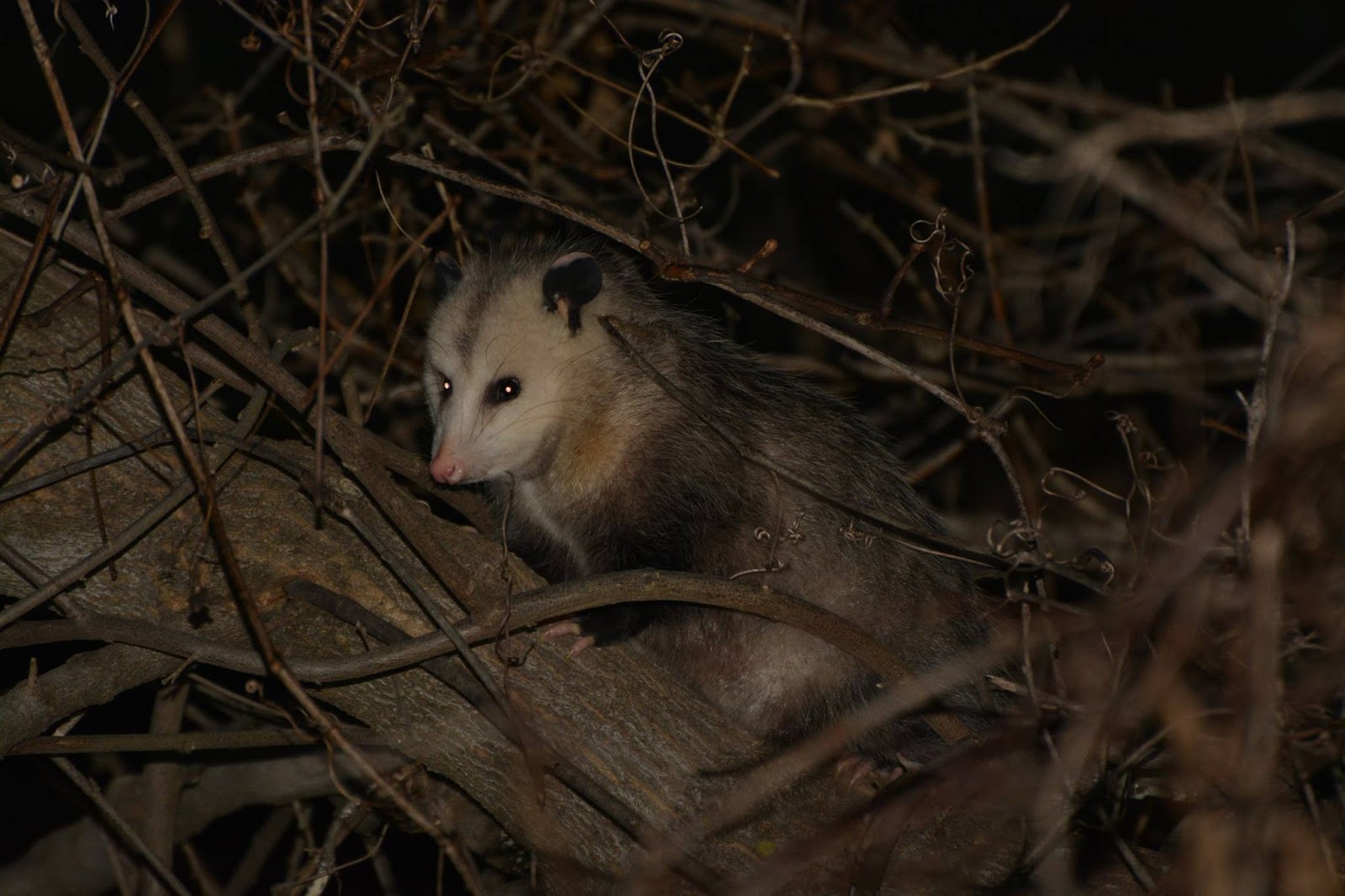
Birds
Barred Owl
Barred owls are our most common owl in the Poughkeepsie area and occur throughout the Preserve, and in surrounding forested areas. Barred owls have successfully bred on the Preserve in the past, and generally prefer more densely forested areas of the preserve with large trees nearby. Barred owls eat a wide variety of small prey but are generally outcompeted or displaced where great horned owls occur.

Barred Owls are one of the many birds we enjoy observing at the Vassar Farm
Great Horned Owl
One of our most aggressive raptors, great horned owls will kill and eat a wide variety of prey, They eat small mammals and birds, but also hunt skunks, hawks, and occasionally other owls. Great horned owls have recently bred on the preserve and prefer a mix of broken and forested habitat. They are habitat generalists, and are not averse to urban areas. They are among the earliest nesters in the Northeast, and can be observed sitting on nests in the area as early as January.
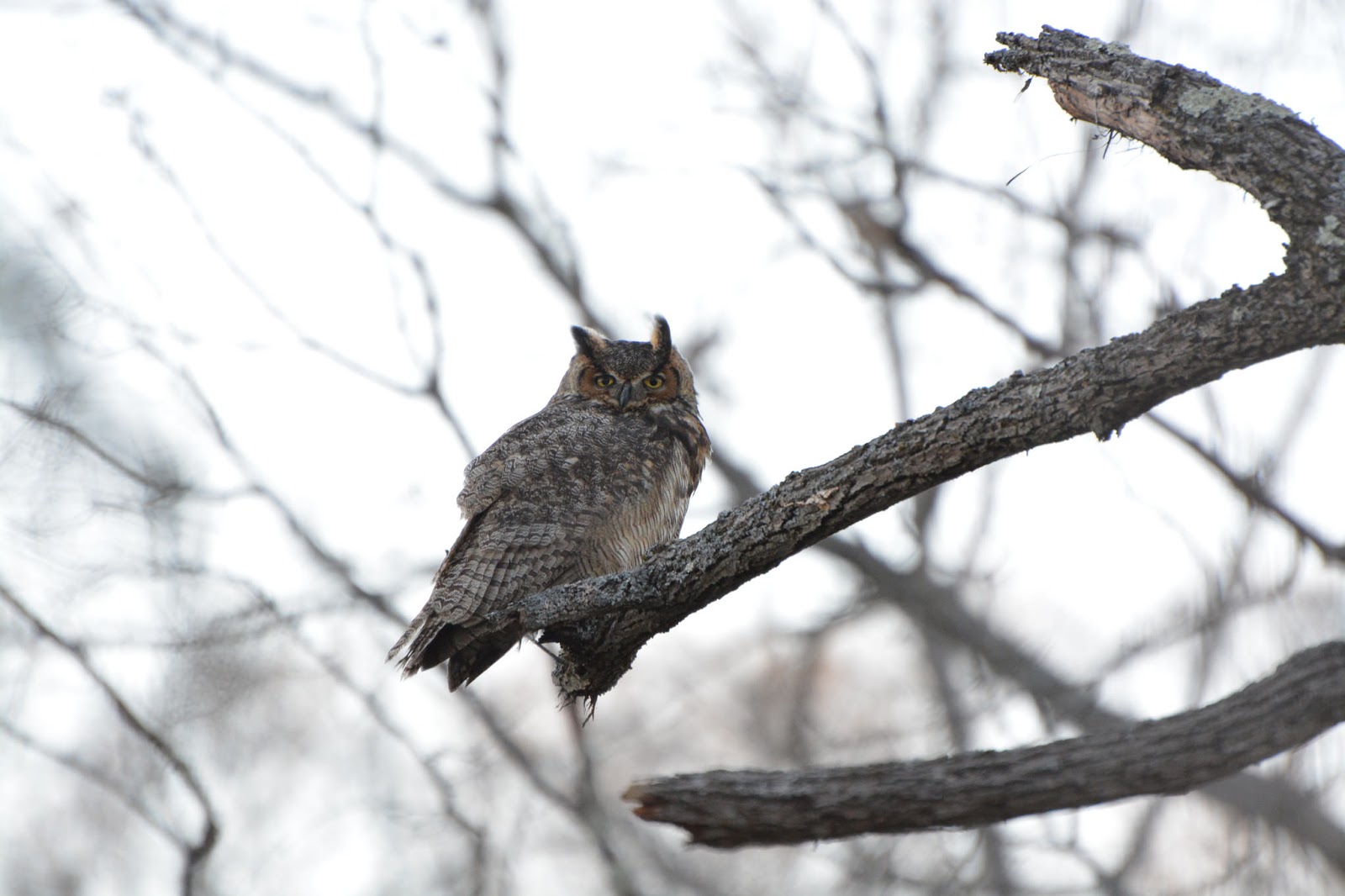
Wood Duck
Shy and skittish, Wood ducks were once hunted to near extinction but have rebounded substantially. Many consider the wood duck to be one of the most beautiful ducks in North America, especially adult males in breeding plumage. There are multiple breeding pairs on the preserve now, especially in the beaver wetland complex in the southern part of the preserve. Wood ducks are tree cavity nesters, but also use nesting boxes. Large nesting boxes in the wetlands are meant for wood ducks.
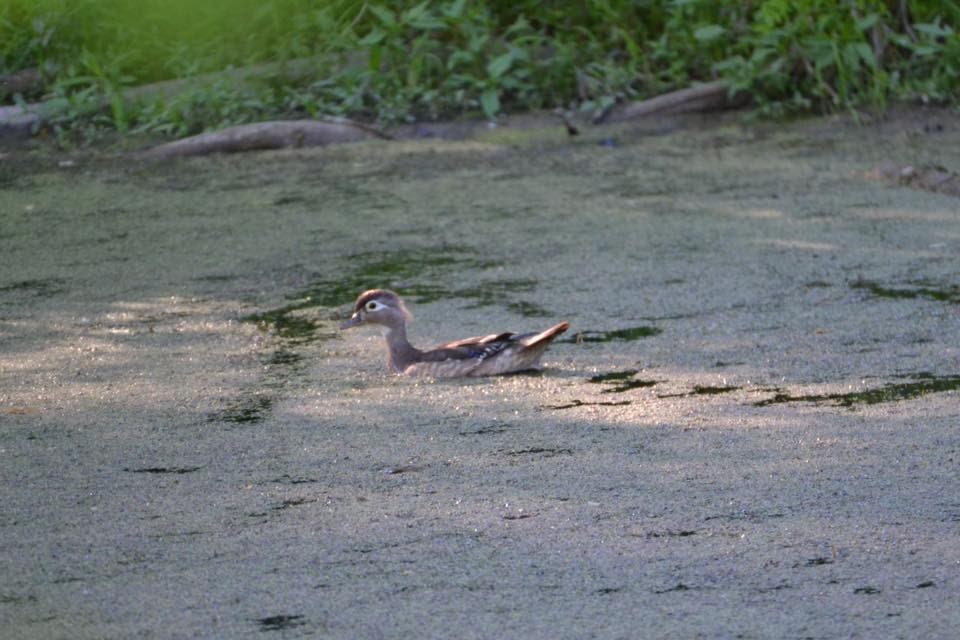
Wild Turkey
Nearly hunted to extinction, reintroduction efforts for wild turkey have been extraordinarily successful, and these birds are once again common in wooded areas. Wild turkeys are large birds that inhabit the forests and fields of the preserve. Turkeys are adequate fliers, and are sometimes observed roosting high up in trees, perhaps an anti-predation technique.
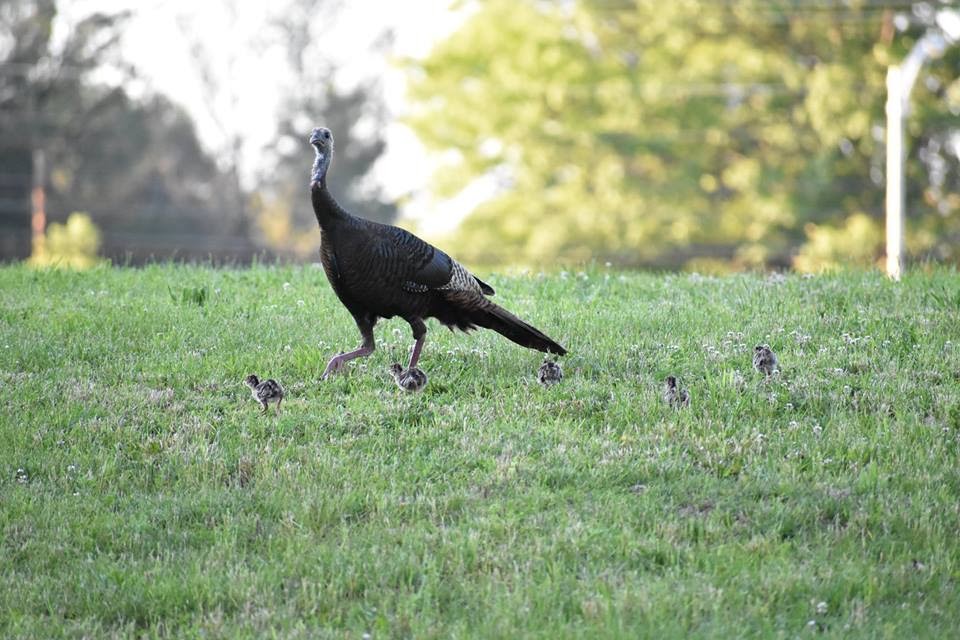
Reptiles
Box Turtle
Threatened in NY State, the box turtle often occurs in fields and forested habitats, where it forages for berries and insects. They are extraordinarily long lived, usually living well over 50 years, and sometimes to a hundred years old. While box turtles generally have long lives, they face a wide variety of risks, such as strikes by lawnmowers or vehicles. Combined with a slow reproductive rate, this heightened anthropogenic mortality threatens box turtle populations. These turtles have been found throughout the preserve, and are sometimes observed along the farm road.

Amphibians
Insects
Invasive Species
When it comes to invasive species, New York is a hotbed. Because of the state’s prominent role in global trade and travel, there is a constant influx of stowaway organisms arriving aboard ships and airplanes. These days, most new invasive species are introduced accidentally, but before awareness of their potentially destructive abilities were known, many were introduced intentionally. Today at the Vassar Farm and Ecological Preserve, we can see the legacy of over a hundred years of unmitigated invasion from non-native species. The most consistent impact of invasive species has been a lowering in the diversity and abundance of native flora or fauna where they are present.
Emerald Ash Borer
Native to Asia, Emerald Ash Borer (EAB) likely made its way to the United States on shipping cargo and has since spread to 33 states. While adult EAB feed on leaves and do not cause significant damage to trees, EAB larvae feast on the tree’s phloem, cutting off nutrient supply and slowly killing the tree. At the Vassar Farm and Ecological Preserve, ash management is largely focused on controlling damage. This includes identifying areas with many ash trees that could be killed and acting quickly to ensure invasive species do not take their place. EAB is expected to kill all ash trees at the preserve within a decade. Read more about our EAB management here.
Earthworms
Many consider earthworms to be good for the soil, however much of the flora native to North America actually evolved without them. These worms consume the layer of organic matter on top of the soil and reducing its availability to plants. Since many of our native plants actually rely on decaying organic matter and struggle to survive without it, these species have more difficulty surviving in areas with a lot of worms. This threatens biodiversity and could give invasive species a competitive edge. There is relatively little that can be done to address this well established problem at the Preserve.
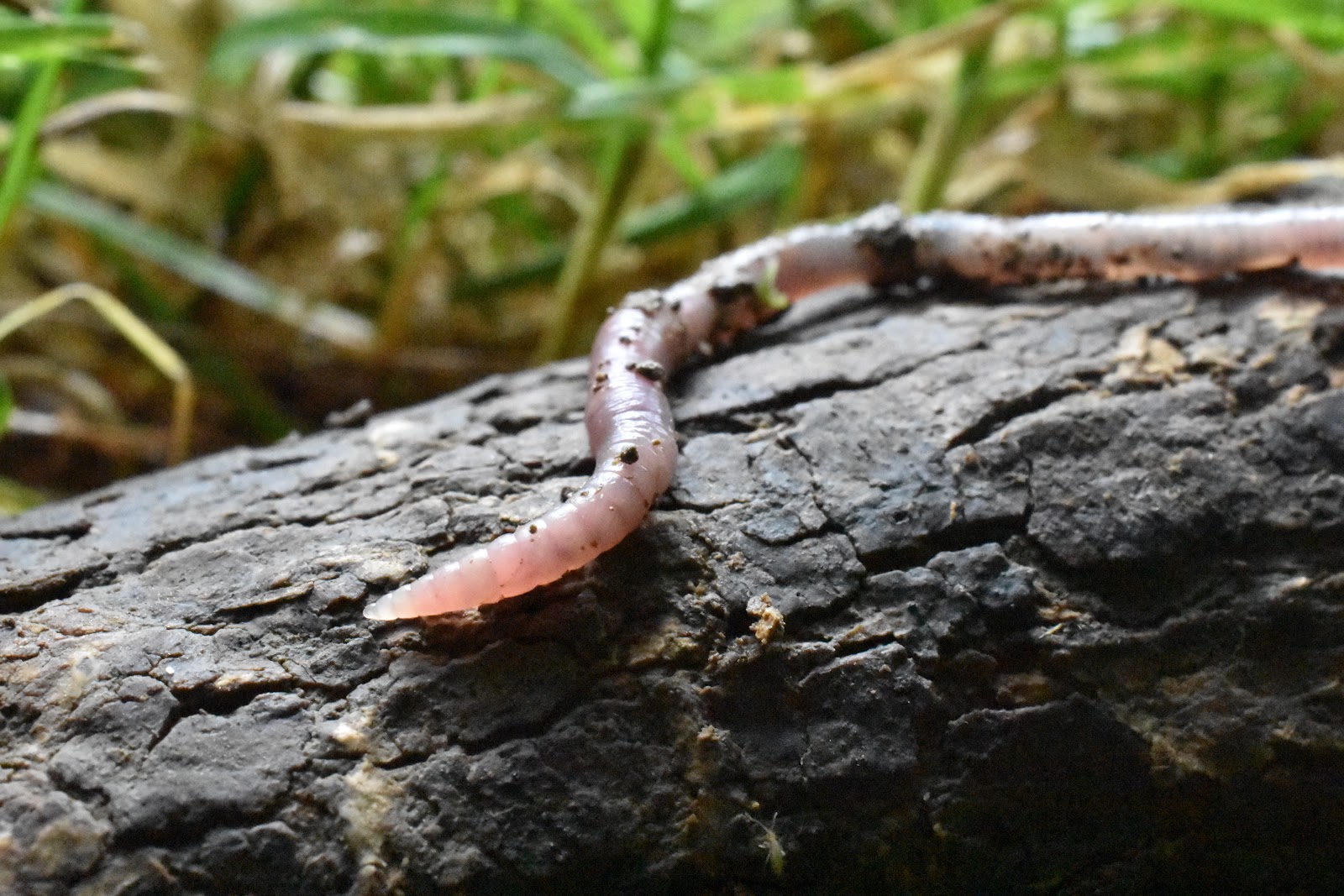
House Sparrow
Native to Europe and Asia, the house sparrow has become well established in many parts of the world, including across North America. These birds seldom live far from human development, and at the Preserve are essentially absent outside of the Poughkeepsie Farm Project and Rugby field. These birds, however, are aggressive and have been known to attack up to 70 other bird species in defense of their nests. They will also outcompete many native birds from nesting sites, including tree swallows and eastern bluebirds.
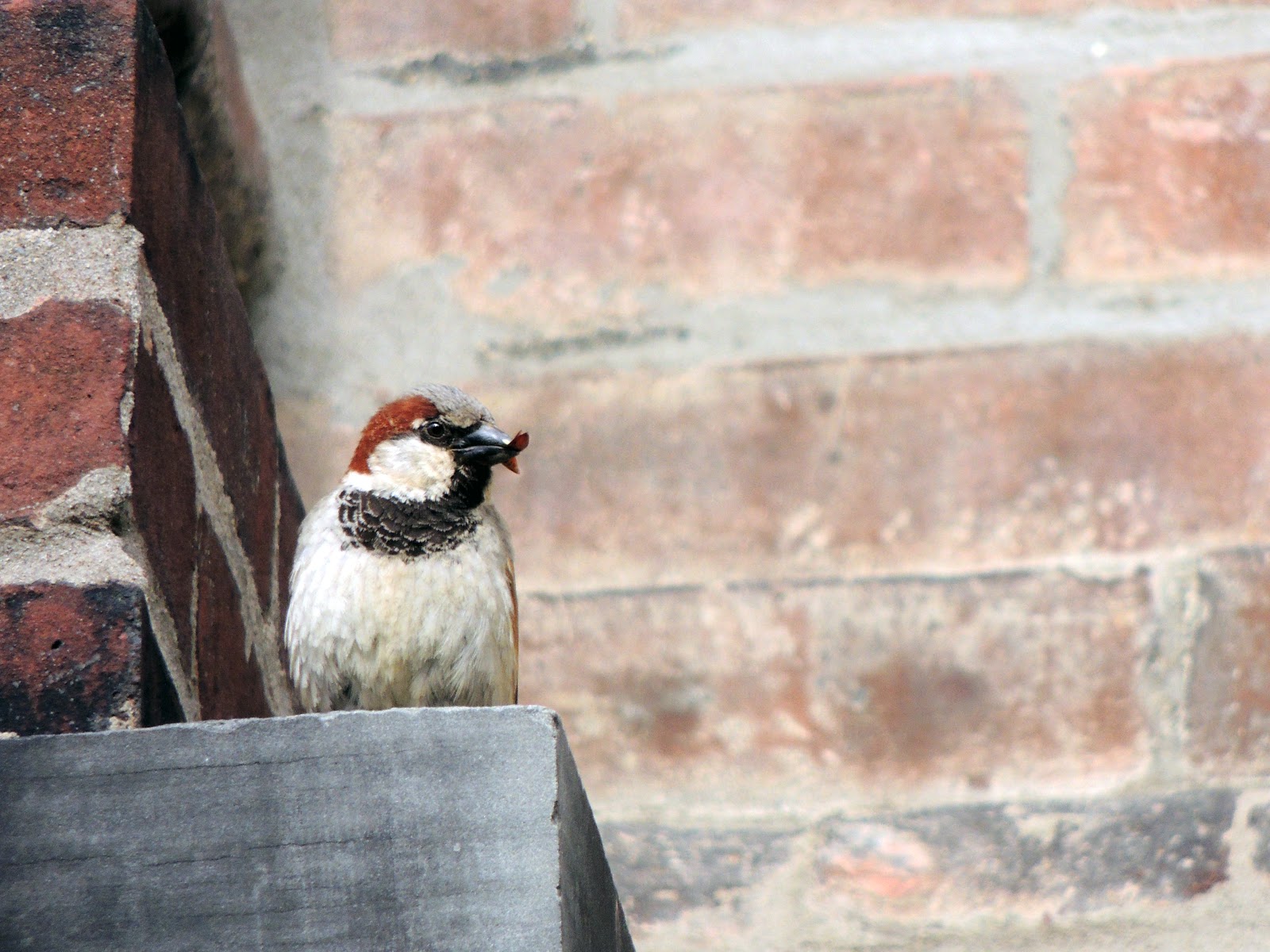
European Starling
Introduced from Europe, European starlings are aggressive and have a bad reputation among birders because they outcompete native birds for nesting cavities, causing declines in many species. Starlings are found throughout the preserve in good numbers, and are often seen in large flocks, making them perhaps a greater threat to native birds than house sparrows. All of the European starlings in North America are nearly genetically identical, originating from a small group of about 100 birds released in Central Park in the 1890s. The intent was to bring all birds that Shakespeare mentioned into Central Park. Surprisingly, this genetic homogeneity does not seem to pose a problem to the species.
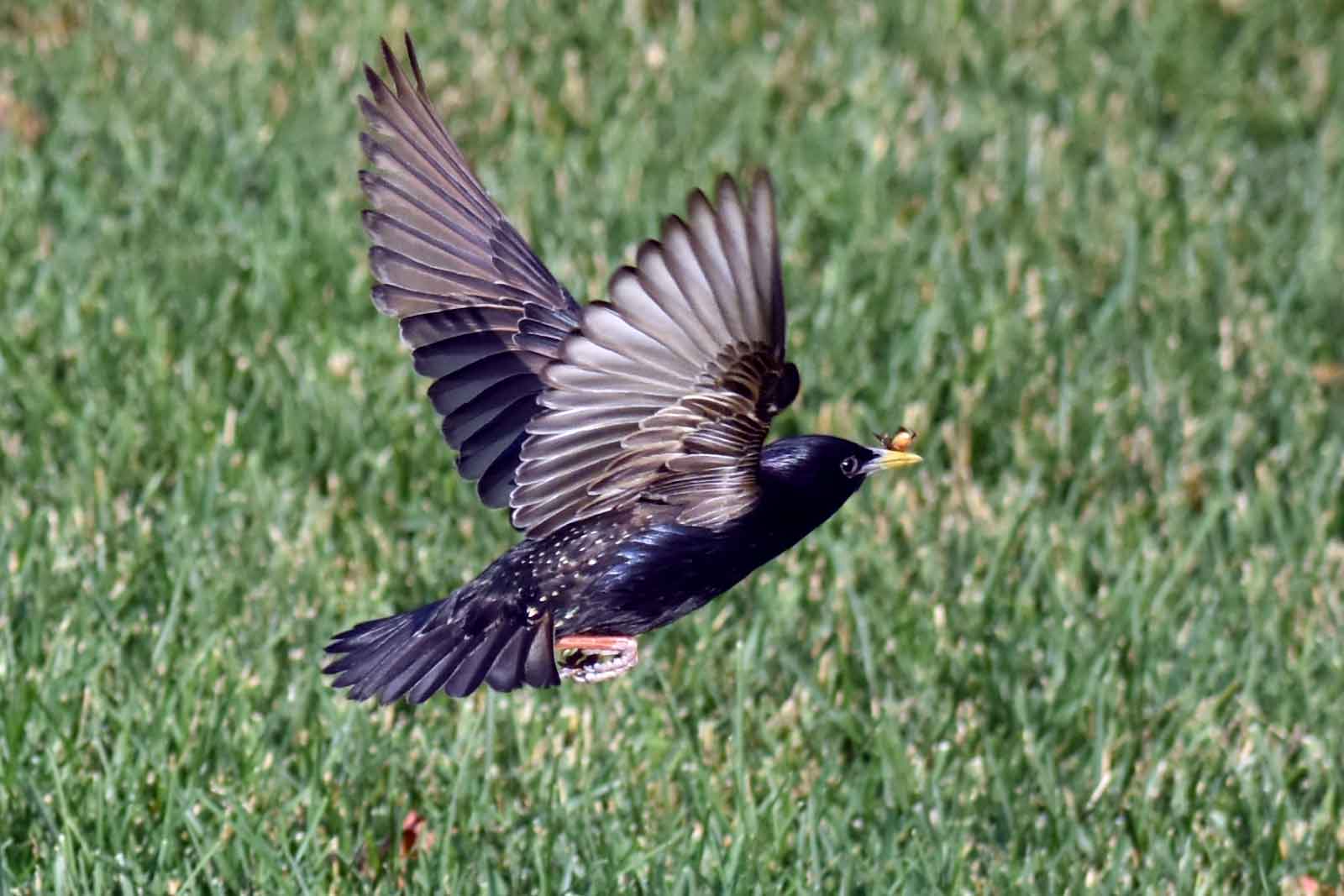
Canada Goose
Considered by some to be a ‘native invader,’ Canada geese are native species but have altered their behavior as a result of human development, and are now considered by some to be invasive. Like many other waterfowl, Canada geese conventionally bred in arctic areas and only migrated to the United States in winter. Now with the abundance of airports, lawns, and golf courses, habitats similar to the open, grass-dominated habitats of the tundra, many Canada Geese now often find no need to migrate and stay here year round. Their excessively high numbers pollute small bodies of water and displace native waterfowl.
